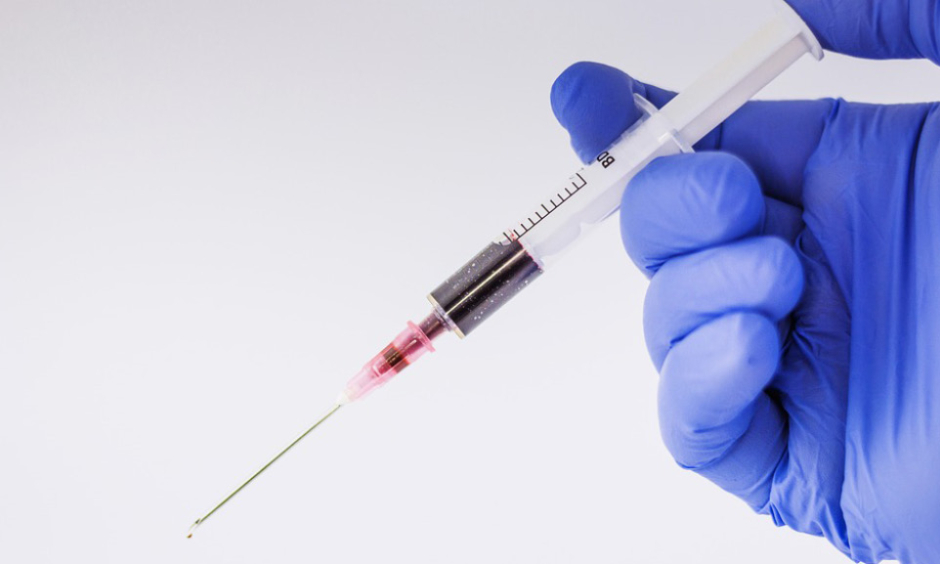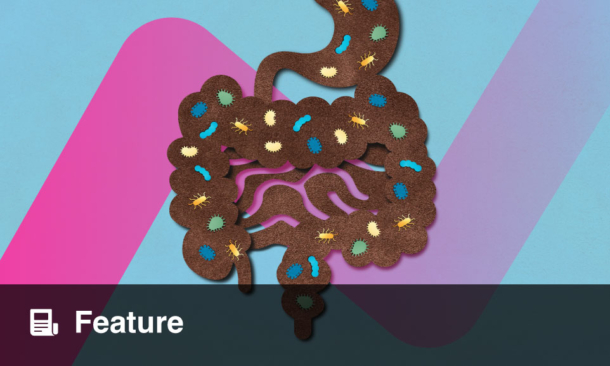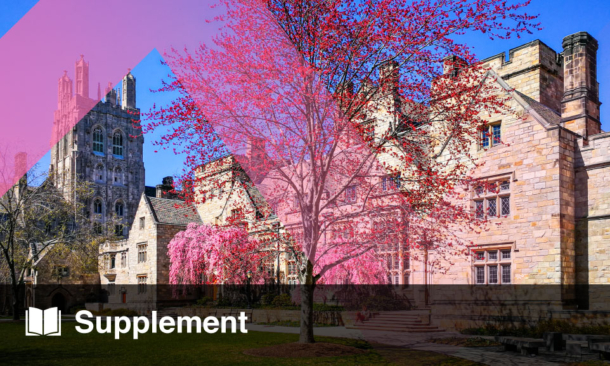THE RISK of developing poststroke epilepsy (PSE) in young adults is relatively low—3.7% after ischaemic stroke and 7.6% after intracerebral haemorrhage over five years—with risk factors aligning closely with existing prediction scores, according to a large Dutch cohort study13.
PSE is a significant complication following stroke in young adults, impacting recovery, daily functioning, and quality of life. While several risk scores for PSE exist, their validity in younger populations had not been well established. This study aimed to clarify the risk and predictors of PSE in adults aged 18 to 49 who had experienced a first-ever ischaemic stroke or intracerebral haemorrhage (ICH), and to assess the applicability of established risk models in this group.
Researchers analysed data from the ODYSSEY study, which enrolled 1,388 consecutive young stroke patients across 17 hospitals in the Netherlands between 2013 and 2021, with follow-up extending to early 20243. Participants had no prior epilepsy and were monitored for at least five years. PSE was defined as at least one remote symptomatic seizure occurring more than seven days after the stroke event. The five-year cumulative risk of PSE was 3.7% (95% CI, 0.2–4.8%) after ischaemic stroke and 7.6% (95% CI, 3.5–11.8%) after ICH. Key risk factors for PSE after ischaemic stroke included an acute symptomatic seizure within seven days (hazard ratio [HR] 10.83) and cortical involvement (HR 5.35). For ICH, only cortical involvement was significantly associated (HR 8.20). The SeLECT 2.0 and CAVE risk scores, commonly used in older adults, performed well in this younger cohort, with C statistics of 0.78 and 0.83 respectively, and good calibration3.
These findings suggest that while the absolute risk of PSE in young stroke survivors is lower than in older populations, careful risk stratification remains important. Current risk scores are applicable and can help clinicians identify young adults at higher risk, supporting decisions on monitoring and potential prophylactic interventions. Future research should focus on optimising prevention and early treatment strategies for those at greatest risk, to improve long-term neurological outcomes.
Reference
Verburgt E et al. Risk of poststroke epilepsy among young adults with ischemic stroke or intracerebral hemorrhage. JAMA Neurol. 2025;DOI:10.1001/jamaneurol.2025.0465.








